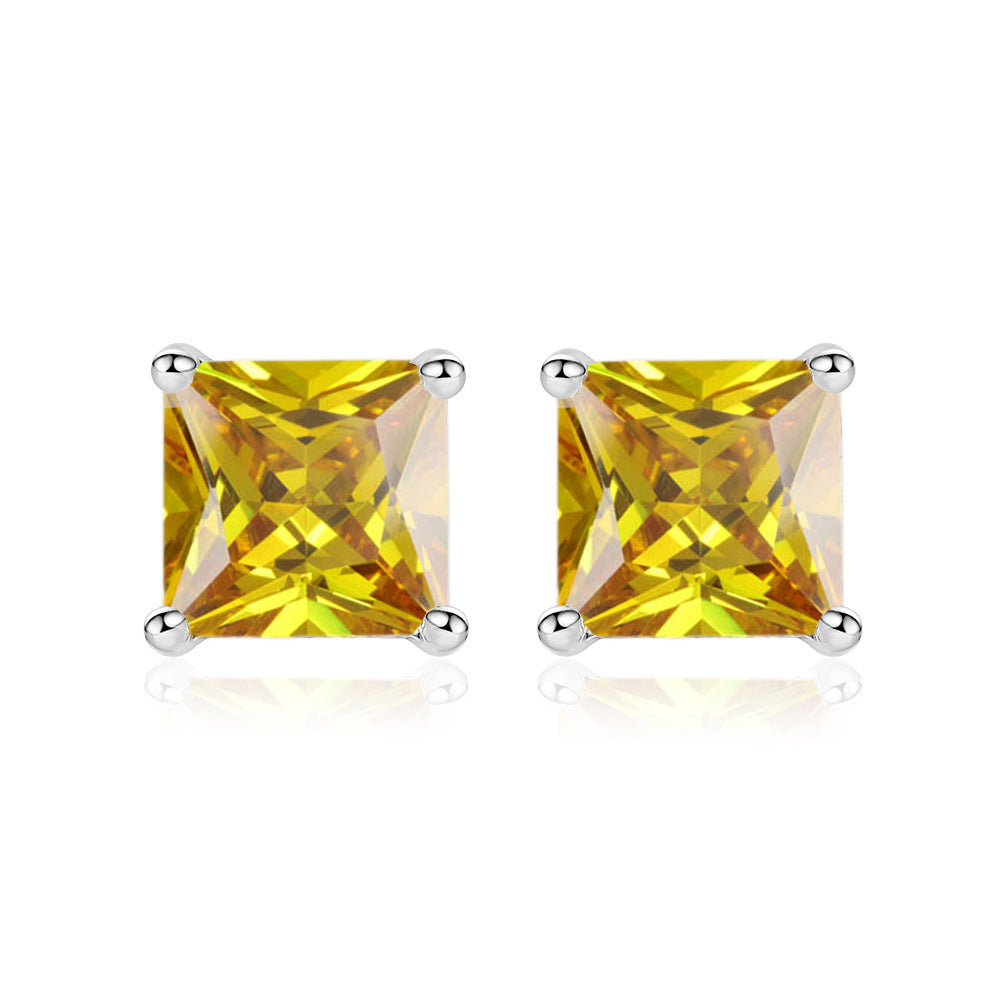
Zircon is a colorful gem with high refraction and fire that’s unfairly confused with cubic zirconia. Zircon is a fascinating and valuable mineral with several special characteristics that make it unique:
-
Radiometric Dating: Zircon is often used in radiometric dating of rocks. It contains trace amounts of uranium, which undergo radioactive decay into lead over time. By measuring the ratio of uranium to lead in zircon crystals, scientists can determine the age of the rocks in which they are found.
-
Hardness: Zircon is a relatively hard mineral, ranking around 7.5 on the Mohs scale of mineral hardness. This hardness makes it durable and suitable for use in various types of jewelry, including gemstones.
-
Gemstone Use: Zircon is sometimes used as a gemstone. While it lacks the fame of diamonds or other precious stones, zircon can display a wide range of colors and is valued for its brilliance and fire. It is often mistaken for cubic zirconia, a synthetic material, but natural zircon has its unique qualities.
-
Thermal Stability: Zircon has high thermal stability, making it resistant to heat and radiation. This property makes it valuable in various industrial applications, including its use as a refractory material in foundry casting.
-
Color Variations: Natural zircon can exhibit a broad spectrum of colors, including brown, red, orange, yellow, green, blue, and colorless. Blue zircon, in particular, is highly sought after in the gemstone market.
-
Chemical Composition: Zircon is a zirconium silicate mineral. Its chemical composition includes zirconium, silicon, and oxygen. Sometimes, it may contain trace elements that contribute to its coloration.
It's important to note that while zircon has many positive attributes, it should not be confused with cubic zirconia, which is a synthetic diamond substitute. Natural zircon is a distinct and valuable mineral with unique properties.
FACTS
- Mineral: Zircon
- Chemistry: ZrSiO4
- Color: Blue, red, yellow, orange, brown, green
- Refractive index:
- High: 1.925 to 1.984 (+/- 0.040)
- Medium: 1.875 to 1.905 (+/- 0.030)
- Low: 1.810 to 1.815 (+/-0.030)
- Birefringence: 0.000 to 0.059 (low to high)
- Specific gravity: 3.90 to 4.73
- Mohs Hardness: 6 to 7.5 (low to high)

